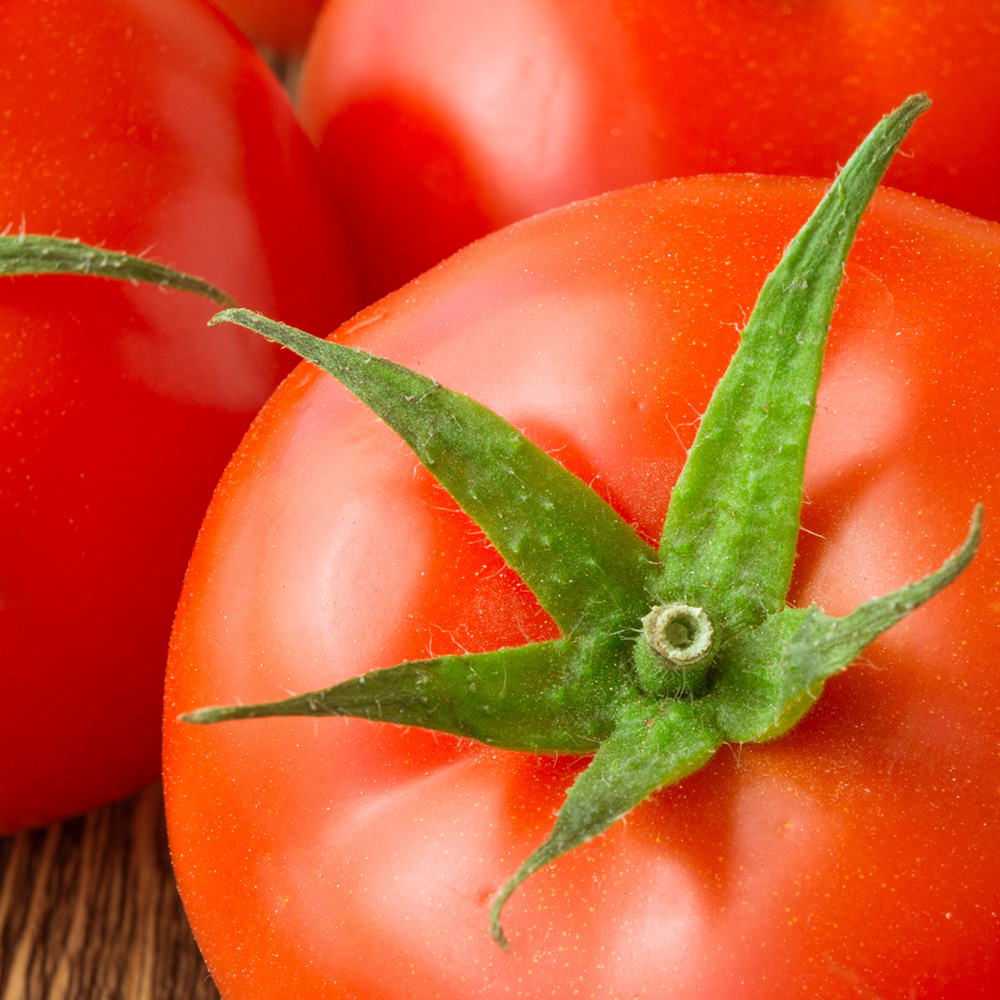If the inside of your fridge has become a place of deep mystery (what ever happened to that leftover meatloaf…?) and a source of shame, it’s time to take action.
Clutter in the fridge leads to bacteria, waste, and unpleasant odors! Plus, who has time to search for ingredients when stomachs are growling and dinner needs to be on the table in 20 minutes? Get ready to regain control of your fridge (and your kitchen) with these simple tricks!

1. Start with a complete detox.
It’s time to give your fridge a deep cleanse. You’ll need to scour it from top to bottomand that means leaving no drawer or lid unopened! Your mission is to find any expired or rotten food and discard it. That Tupperware container full of chili that’s been nestled in the far back corner since last January’s snowstorm? Toss it.
Once you’ve removed everything, give the fridge a good scrub down using warm water and dish soap. While this is not the most glamorous of tasks, it’s a necessary evil.
2. Anticipate disasters.
Before you restock the fridge, line the freshly cleaned shelves with plastic wrap or washable place mats. Try lining the bins with paper towels. You can limit the damage of spills and leaks by taking these measures ahead of time!
3. Baskets and Labels!
The combination of these two makes for one happy, clutter-free fridge. Invest in some sliding bins or baskets for optimal organization. These are particularly great for sticky itemsit’s a heck of a lot easier to clean a bin when it’s removable!
Slap labels on every bin (meats, condiments, fruit, etc.). While you’re at it, you can even stick some on the inside door.
4. Eliminate space wasters.
Guess what? Onions, tomatoes and honey stay fresh for longer when they’re stored outside the fridge. Tomatoes and onions turn soft and mushy at cold temperatures, and honey thickens. Do yourself a favor and take them out of there to make room for what actually belongs! The same with shelf-stable items like ketchup and mayo that need to be refrigerated only AFTER opening.
5. Think portion size.
Separate leftovers into individual portion-size containers. Then you can stick some in the freezer and heat up one at time, as needed. Heating up small quantities is so much easier and breaking up leftovers into portions ensures less goes to waste! Another space-saver trick: slice and store larger items in several containers so you can move them around and create more room!
6. Keep older food front and center.
If you’ve got leftovers or produce that’ll go bad in a few days, move them to the front of the fridge where they’re highly visible. Try doing a checkup before every grocery trip and shifting stuff that’s close to expiration up to the front. You could even keep all that stuff in one handy bin labeled “EAT ME FIRST!”.
7. Take advantage of the freezer.
Don’t waste valuable real estate in the fridge on something that could just as well go in the freezer. This is especially true of leftovers in bulk, which will likely spoil if kept in the fridge at length! It’s also true of items like milk, which can be frozen in its container for up to three months, and small portions of chopped herbs.













